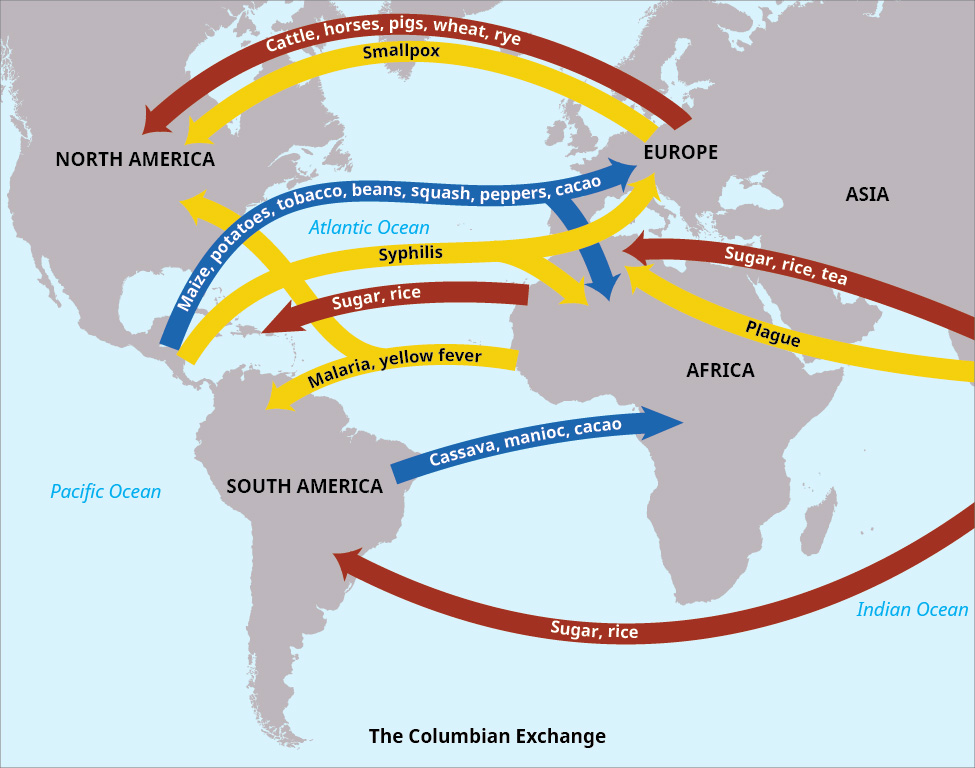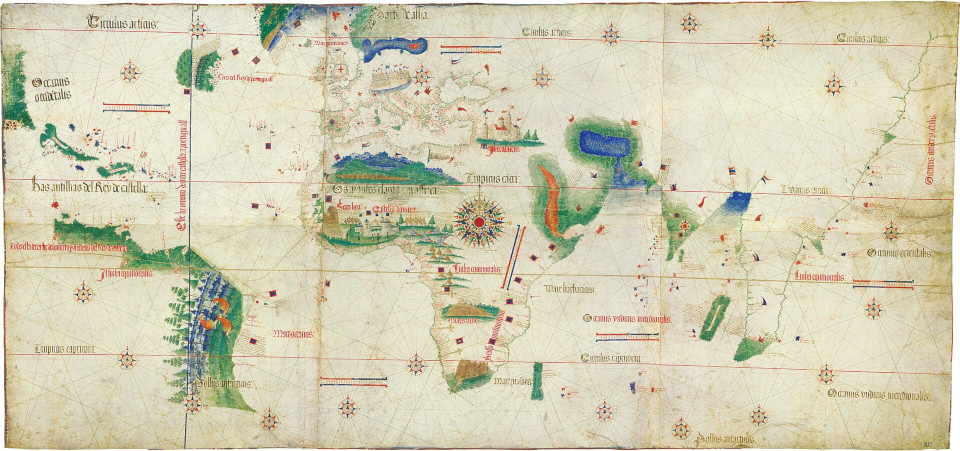Connecticut Colony
As the Massachusetts settlements expanded, they formed new colonies in New England. Puritans who thought that Massachusetts was not pious enough formed the colonies of Connecticut and New Haven (the two combined in 1665).

As the Massachusetts settlements expanded, they formed new colonies in New England. Puritans who thought that Massachusetts was not pious enough formed the colonies of Connecticut and New Haven (the two combined in 1665).
In 1632, the English crown granted about 12 million acres of land at the top of the Chesapeake Bay to Cecilius Calvert, the second Lord Baltimore. This colony, named Maryland after the queen, was similar to Virginia in many ways. Its landowners produced tobacco on large plantations that depended on the labor of indentured servants and (later) enslaved workers.
But unlike Virginia’s founders, Lord Baltimore was a Catholic, and he hoped that his colony would be a refuge for his persecuted coreligionists. Maryland became known for its policy of religious toleration for all.
(1630) The first English emigrants to what would become the New England colonies were a small group of Puritan separatists, later called the Pilgrims, who arrived in Plymouth in 1620 to found Plymouth Colony. Ten years later, a wealthy syndicate known as the Massachusetts Bay Company sent a much larger (and more liberal) group of Puritans to establish another Massachusetts settlement. With the help of local natives, the colonists soon got the hang of farming, fishing and hunting, and Massachusetts prospered.
1623-1629
To the north of the Massachusetts Bay Colony, a handful of adventurous settlers formed the colony of New Hampshire.
See Jamestown
The 13 colonies founded along the Eastern seaboard in the 17th and 18th centuries weren't the first colonial outposts on the American continent, but they are the ones where colonists eventually pushed back against British rule and designed their own version of government to form the United States.
James, a pope-like king, proved more determined to found a colony in the New World than Elizabeth had been. In 1606, he issued a charter, granting to a body of men permission to settle on “that parte of America commonly called Virginia,” land that he claimed as his property, since, as the charter explained, these lands were “not now actually possessed by any Christian Prince or People” and the natives “live in Darkness,” meaning that they did not know Christ.
Unlike the Spanish, who set out to conquer, the English were determined to settle, which is why they at first traded with Powhatan
 To all of this, the English came remarkably late. The Spanish had settled at Saint Augustine, Florida, in 1565 and by 1607 were settling the adobe town of Santa Fe, nearly two thousand miles away. The French, who made their first voyages in 1534, were by 1608 building what would become the stone city of Quebec, a castle on a hill. The English sent John Cabot across the Atlantic in 1497, but he disappeared on his return voyage, never to be seen again, and the English gave barely any thought to sending anyone after him. The word “colony” didn’t even enter the English language until the 1550s
To all of this, the English came remarkably late. The Spanish had settled at Saint Augustine, Florida, in 1565 and by 1607 were settling the adobe town of Santa Fe, nearly two thousand miles away. The French, who made their first voyages in 1534, were by 1608 building what would become the stone city of Quebec, a castle on a hill. The English sent John Cabot across the Atlantic in 1497, but he disappeared on his return voyage, never to be seen again, and the English gave barely any thought to sending anyone after him. The word “colony” didn’t even enter the English language until the 1550s

Between 1500 and 1800, roughly two and a half million Europeans moved to the Americas; they carried twelve million Africans there by force; and as many as fifty million Native Americans died, chiefly of disease. Europe is spread over about four million square miles, the Americas over about twenty million square miles. For centuries, geography had constrained Europe’s demographic and economic growth; that era came to a close when Europeans claimed lands five times the size of Europe. Taking possession of the Americas gave Europeans a surplus of land; it ended famine and led to four centuries of

In 1492, about sixty million people lived in Europe, fifteen million fewer than lived in the Americas. They lived and were ruled in villages and towns, in cities and states, in kingdoms and empires. They built magnificent cities and castles, cathedrals and temples and mosques, libraries and universities. Most people farmed and worked on land surrounded by fences, raising crops and cattle and sheep and goats. “Be fruitful, and multiply, and replenish the earth, and subdue it,” God tells Adam and Eve in Genesis, “and have dominion over the fish of the sea, and over the fowl of the air, and over